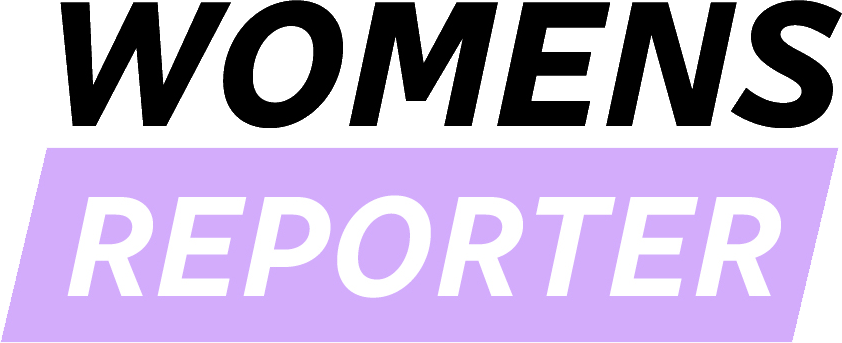In early October 2025, the U.S. federal government entered a partial shutdown following Congress’s failure to approve a new funding bill, prompting the suspension of vital operations across multiple departments. Among the most immediate and far-reaching effects has been the halt of major economic data releases from cornerstone agencies such as the Bureau of Labor Statistics (BLS), the Bureau of Economic Analysis (BEA), and the U.S. Census Bureau. The interruption, now extending into its second week, has created a significant blind spot in the nation’s understanding of its own economy.
As of October 4, crucial reports that typically guide both public policy and private investment—such as the monthly employment situation, consumer spending updates, construction data, and retail sales metrics—remain on hold until federal funding is restored. Economists warn that the absence of these reports makes it increasingly difficult for policymakers, investors, and business leaders to gauge economic health, assess inflationary pressures, or plan for future quarters.
“The federal statistical system is the backbone of informed decision-making,” said one senior analyst from a Washington-based economic policy institute. “When that system goes dark, everyone from the Federal Reserve to small business owners is forced to make choices without reliable benchmarks.”
The Bureau of Labor Statistics, for example, had been scheduled to release its monthly jobs report at the start of October—a key indicator of labor market strength and wage growth. That release has been indefinitely postponed. Similarly, the Census Bureau’s updates on retail spending and housing starts, along with the BEA’s consumer expenditure and GDP revisions, are also frozen. These datasets form the empirical foundation upon which both government and the private sector base forecasts, budgets, and market strategies.
In the absence of official data, private firms and research institutions have attempted to fill the void. Financial analytics companies and payroll processors have begun releasing independent surveys and alternative indices to estimate employment levels, retail trends, and inflation trajectories. While useful for short-term insights, these private datasets lack the comprehensiveness, methodology, and consistency that federal reporting provides. Many depend on federal data for calibration, meaning their accuracy will deteriorate the longer the shutdown continues.
This uncertainty has introduced volatility into the financial markets. Without reliable signals from government data, investors are relying more heavily on sentiment and speculation, making it harder for institutions such as the Federal Reserve to determine whether inflation is cooling or whether consumer demand remains resilient. For Wall Street and Main Street alike, the data gap is more than an inconvenience—it is a structural risk.
The public, too, faces growing confusion and frustration. Without timely government statistics, it becomes increasingly difficult for households to understand real trends in employment, wages, and inflation. For women-led households and small businesses that operate on narrow financial margins, this uncertainty can be particularly stressful. Budgeting, hiring decisions, and planning for the months ahead all depend on access to up-to-date and trustworthy information.
“The shutdown’s impact on transparency may seem abstract, but it affects everyday life,” explained a Virginia-based small business owner. “When you don’t know whether prices are rising faster than wages or whether consumer confidence is slipping, it’s like driving in the dark without headlights.”
The freeze in federal economic reporting also poses serious challenges for monetary and fiscal policy coordination. The Federal Reserve, which relies heavily on government statistics to guide its interest rate decisions, is now operating with incomplete information. At a time when inflation remains slightly above the central bank’s 2% target, and with employment trends uncertain, a prolonged data blackout risks either overcorrecting or underreacting to economic conditions.
READ ALSO:https://womensreporter.com/wellness-trends-surge-as-u-s-employers-shift-focus-beyond-perks/
In Congress, the data shutdown has fueled debate over the broader consequences of political brinkmanship. Lawmakers from both parties acknowledge the growing economic fallout but remain divided over how to resolve it. Democrats argue that the impasse underscores the dangers of using federal funding as a bargaining tool, while several Republicans insist that spending cuts are necessary to rein in deficits. For ordinary citizens, however, the political arguments offer little comfort as federal services stall and information channels go silent.
The effects of this paralysis reach deep into state and local governments as well. Many rely on Census Bureau data to allocate resources, plan infrastructure projects, and manage public health programs. Without current federal statistics, regional policymakers are forced to rely on outdated figures, increasing the likelihood of inefficiencies and misallocation of funds. Over time, this can lead to cascading consequences for communities that depend on federal guidance for planning and development.
Economists warn that even after the government reopens, the backlog of missed data collection will take months to clear. Seasonal adjustments and time-sensitive reports could be skewed, distorting future trend analysis. Historical continuity—a hallmark of federal datasets—will be interrupted, creating gaps that may affect long-term research and forecasting.
The shutdown, therefore, is not only a short-term fiscal event but a disruption of the nation’s information infrastructure. Accurate and timely data serve as the connective tissue between government accountability, business planning, and public trust. When that infrastructure is compromised, confidence in governance itself erodes.
Ultimately, the current situation reveals the vulnerability of a modern economy that depends on transparency and reliability to function effectively. The suspension of key federal reports is more than a bureaucratic delay—it is a stark reminder of how deeply political dysfunction can ripple through economic systems.
Until lawmakers reach a compromise to restore government funding, the U.S. economy remains partially in the dark, with policymakers and citizens alike waiting for clarity. As one economist put it succinctly, “Without data, there is no direction. And without direction, every decision becomes a gamble.”
